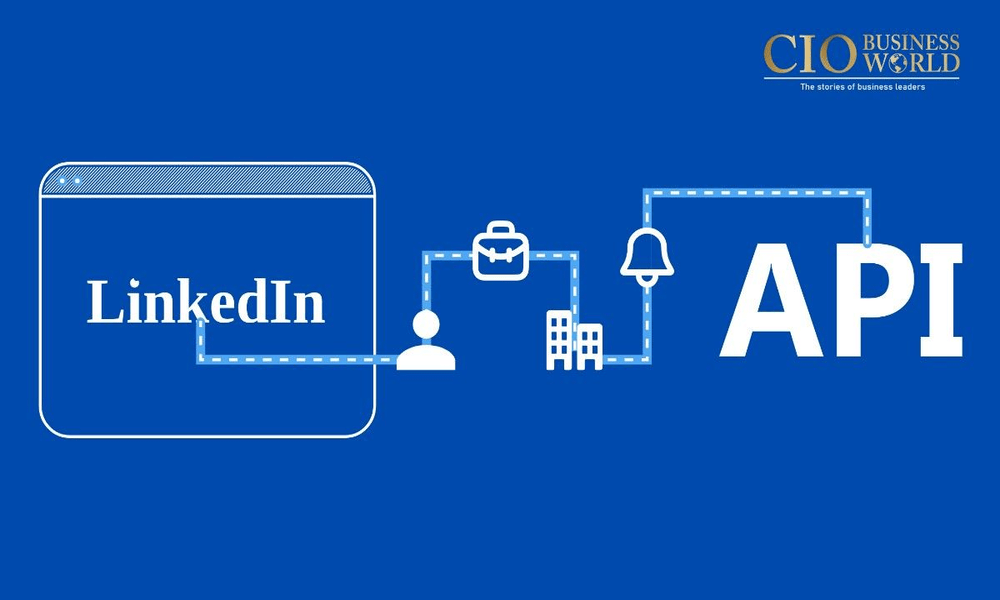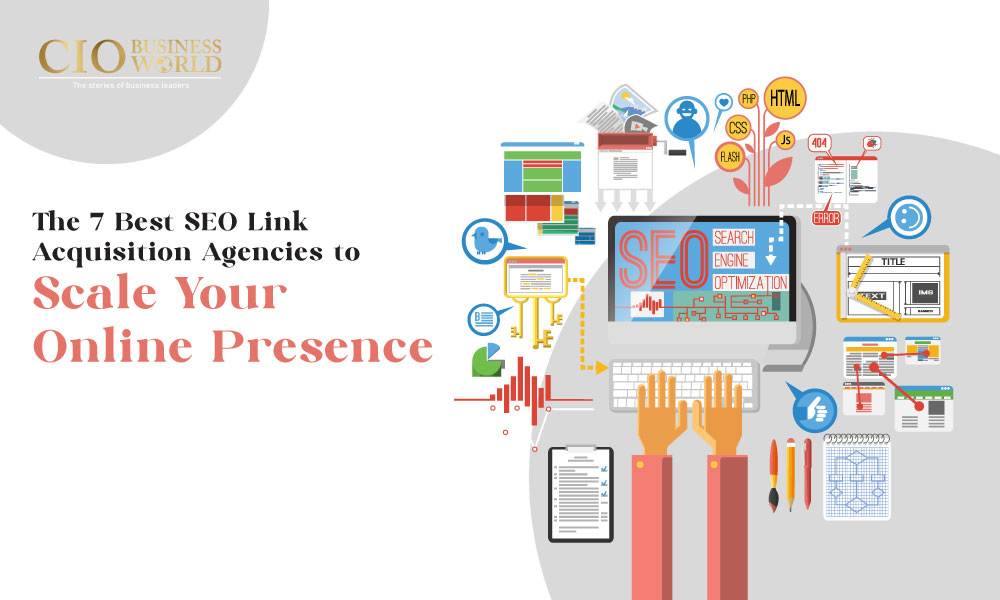LinkedIn has unveiled its Company Intelligence API, a new tool designed to revolutionize B2B attribution by connecting campaign engagement directly to measurable business outcomes. The platform is positioned to help marketers identify which companies interact with their ads and link those interactions to revenue impact.
Traditionally, attribution has been difficult for B2B firms, as most models focused only on individual clicks or leads. The new LinkedIn API changes that by aggregating company-level engagement data, such as impressions, clicks and making it available within existing dashboards and CRM systems. This provides advertisers with a clearer view of how their campaigns contribute to the sales pipeline.
Early results from beta testing are already showing strong promise. Some marketers reported a significant boost in visibility, including a 287% increase in companies reached, 75% more marketing-qualified leads, 96% more sales-qualified leads, and a 43% drop in cost per acquisition. These figures highlight the API’s potential to deliver measurable value to advertisers.
LinkedIn API: Redefining B2B Attribution
For years, one of the biggest challenges in B2B marketing has been uncovering the so-called “dark funnel.” This includes unseen engagements such as view-through activity, where potential buyers view content without clicking, making it nearly impossible to measure in traditional models.
The LinkedIn API helps illuminate these hidden interactions by showing aggregated firmographic insights. Instead of simply knowing that an ad was displayed, marketers can now see which types of companies engaged and how those engagements contributed to broader business goals. This enables more precise allocation of credit across campaigns and a stronger case for ROI.
The rollout will take place through LinkedIn’s certified attribution and analytics partners, including Octane11, Channel99, Dreamdata, Factors.ai, and Fibbler. These partners will combine LinkedIn’s engagement data with client CRM and performance systems to create more accurate reporting around pipeline impact.
Partners have already seen remarkable improvements. Octane11 reported nearly tripling account visibility for its clients, while Channel99 noted significant breakthroughs in tracking “clickless” engagement. These results suggest that the LinkedIn API could become a cornerstone for B2B marketers seeking clarity in complex customer journeys.
With businesses under increasing pressure to justify marketing spend, the API arrives at a crucial time. It allows decision-makers to back campaigns with stronger, data-driven evidence and helps reallocate budgets toward channels with proven impact.
While some challenges remain—such as capturing off-platform influences and ensuring compliance with data privacy—the Company Intelligence API represents a major advancement in attribution tools.
By bridging the gap between engagement and revenue, LinkedIn is positioning itself as more than a professional network. It is evolving into a powerful intelligence hub where the LinkedIn API serves as a vital link between marketing activity and business growth.














